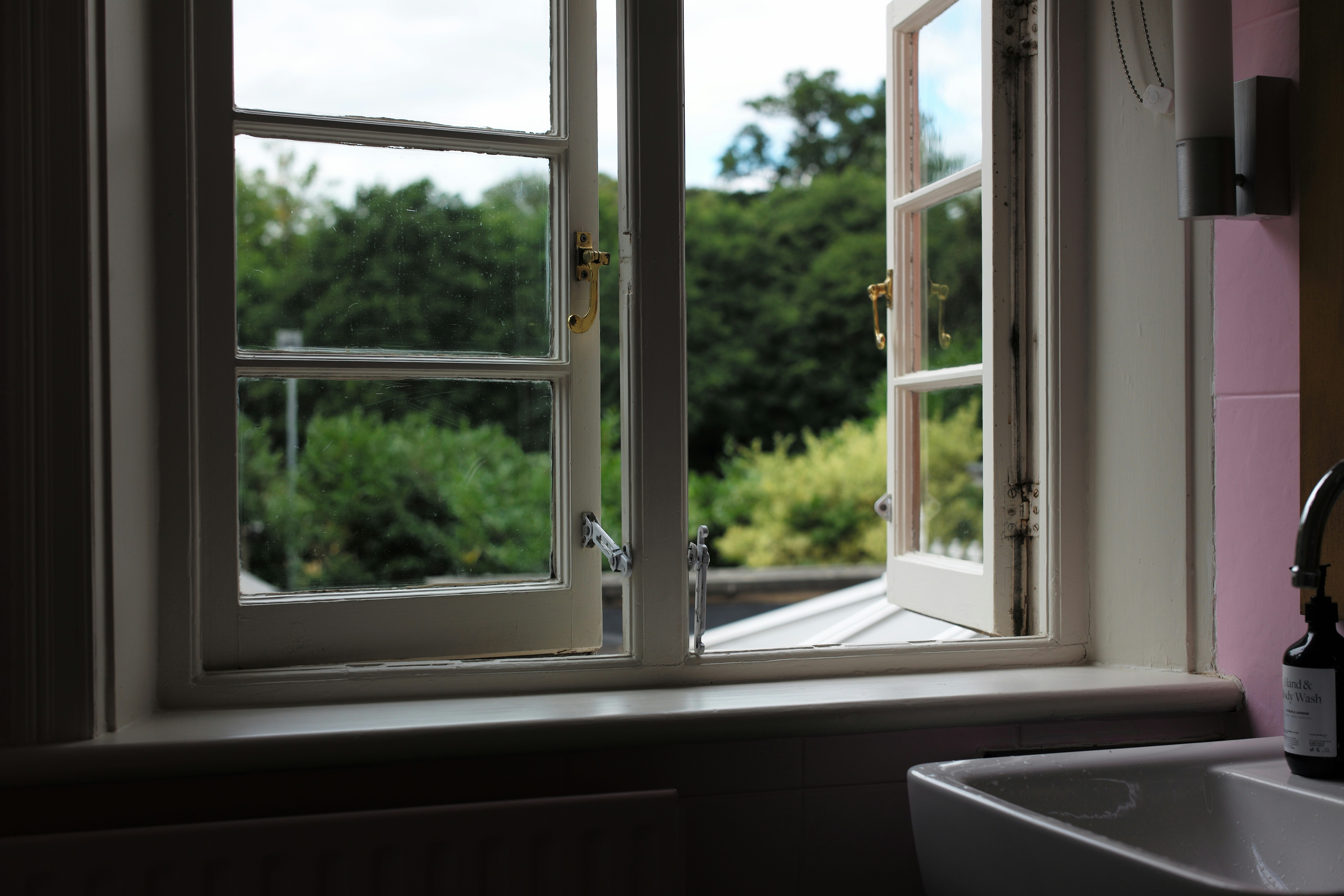Admire Something Beautiful Today
This micro-life hack makes you happier and healthier
In the 1970s, a team of Pennsylvania researchers studied the effect of environment on the recovery outcomes of patients who had all undergone the same form of surgery.
Divided into two groups, half of the patients were given typical, sterile white hospital rooms in which to recover, while the other were wheeled into “special” rooms that were identical to those of the control group, save for one minor variation.
After the study had concluded, the research team noted striking differences between the two groups. Not only did the patients in the “special” rooms recover faster, but they experienced fewer post-operation complications and requested fewer analgesics, to boot.
Though this tiny study only examined 46 participants, the results were so significant that these accommodations must have served as a causal factor for the patients’ speedy recoveries.
So what healing powers did these “special” rooms possess?
A nature view.
While both rooms contained windows, patients in the control group faced only a brick wall, while the experimental group was able to enjoy a view of sprawling greenery below. There were no disparities in treatment or other confounding factors that have since been identified.
Threatening our conventional, dualistic view of mind and body, this study boasts two fundamental implications:
- our bodies and minds are much more interconnected than previously thought; and
- our environment profoundly impacts our state of well-being
These results aren’t exclusive to hospital settings, either: these are massive takeaways that can be applied to each of us on a very intimate level.
What if we could apply these concepts to our own health?
That’s precisely what I did.
For a couple of years, I surrounded myself in ugly.
The semi-rural neighborhood I moved to was an expanse of farms and flat nothingness, grey 9 months out of the year. The cities were no better with their gentrified corporate shopping centers sprouting from rusting remnants of boarded buildings and factories of industry-past like mushrooms feasting on a corpse.
With sparse trees and little greenery, nothing was organic, and my surroundings were a motley hodgepodge of garish decay.
To add insult to injury, between moving around so frequently and battling severe chronic illnesses, I surrendered the chore of decorating my living space (as I knew I’d tear it all down a year later), and allowed barren walls to encase my home.
During this time, my health became so fragile, I scrutinized everything that went in and around me — even my own thoughts.
Ugh, another cold, cloudy day, I found myself bemoaning, or who the f@*% thought walls should be painted in mustard-puke?
Neutral thought patterns mutated into complaints, and I viewed my home with subtle disgust. Even if for an instant, that infectious thought would make me internally scowl.
During this time, I began noticing how a simple stroll through a wooded park seemed to supercharge my entire mood. My only reprieve from the ceaseless sea of ugly, these walks became sacred, and I drank in every sunbeam poking through emerald branches that swayed idly above me.
Now, I started consciously piecing together the puzzle.
Despite living on a budget tighter than an influencer’s leggings, I decidedly splurged on tasteful pieces that brought me joy and finally unboxed some of my own abandoned, dusty decor.
And then the transformation began.
As I sat in that house, frantically typing away at a paper or reading to my kids, my eyes would naturally gravitate towards my forest painting or little mushroom knick-knacks. Pausing, I’d think to myself, that looks quite lovely there, or what a cozy little space this is. Sometimes, it even made me smile.
Just like that, I was starving my negative thoughts, while nourishing the positive ones so they could take root in my mind instead.
Now, I won’t deny there were plenty other factors that contributed, but over the course of several months, my chronic illnesses began to wane.
Did my environment play a part? There’s no reason to think it didn’t!
More directly, however, I felt less agitated on a daily basis. Even when a foul mood struck, something about existing in a pleasant space took the edge off. It was as if I had been emitting positivity towards these belongings, which they continually reflected back at me.
I can’t fully describe it, as it it was so subtle, yet so enveloping. In gamer-speak, it was like adding a tiny, yet permanent HP buff to my character.
Though I couldn’t change my external view, I could spruce up my home, and it seemed to elicit the same effect as those hospital windows.
It all started with a view.
The mental health connection.
Considering even Harvard admits the link between mood and physical health, there’s a clear connection between the joy we implicitly derive from beauty and the state of our health. They call it a “chicken-or-egg” dilemma: negative emotions lead to physical illness, which, of course, leads to more negative emotions.
Since the 1970s Pennsylvania hospital study, we’ve also discovered that simply immersing ourselves in nature boosts our serotonin.
By that token, surrounding ourselves in environments that move us really does nurture our health.
It’s literally a form of microdosing happiness. And just like tiny doses of powerful drugs, what happens when we continue to microdose? They accumulate in our bodies to produce the desired effects.
But society isn’t emulating this model.
It probably doesn’t take much convincing to persuade anyone to decorate their space or go look outside, but the looming problem lies on a larger scale.
In our frenetic day-to-day of regimented schedules, grey cubicles, and LED lights, we’ve caged ourselves in a world removed from the restorative wonders nature has gifted us.
Worse, we’ve duped ourselves into segregating the realms of mind and body, erroneously assuming our mental input does not output into the body.
But in the same way that the outdoors boosts our serotonin, even tiny shreds of frustration, however transient or momentary, can pollute our bodies, too.
Everything you look at, every sight that enters your brain causes some hormonal cascade, even if on a microscopic level. Irritation triggers stress hormones like cortisol, which tax the body’s other resources when released on a chronic basis.
If you’re crammed in a studio apartment and your only view is a cement alleyway known for shady deals and petty theft, your brain will subconsciously make that association every time you view it, and it will release those very same stress hormones.
Even if you’re not consciously bothered by them, all those slate grey office spaces that overlook sharp corners of metallic boxes jutting out into the sky simply will not trigger the same harmonious set of hormones as a waterfall or forest.
It makes me wonder what would happen to our collective health if all harsh, unforgiving modern architecture were replaced with traditional, natural aesthetics and we prioritized green spaces in cities.
Would our inner cities see less crime? Would rates of depression and disease drop? I’m a firm believer they would.
But in the meantime, while we push for environments that foster healing on a grander scale, make sure to embellish your space and offer the same degree of respect to the spaces around you.
And above all, make the world’s easiest commitment to your own well-being: go admire something beautiful today.



